Explore the latest developments in Artificial General Intelligence (AGI), understand how AGI could transform our reality.


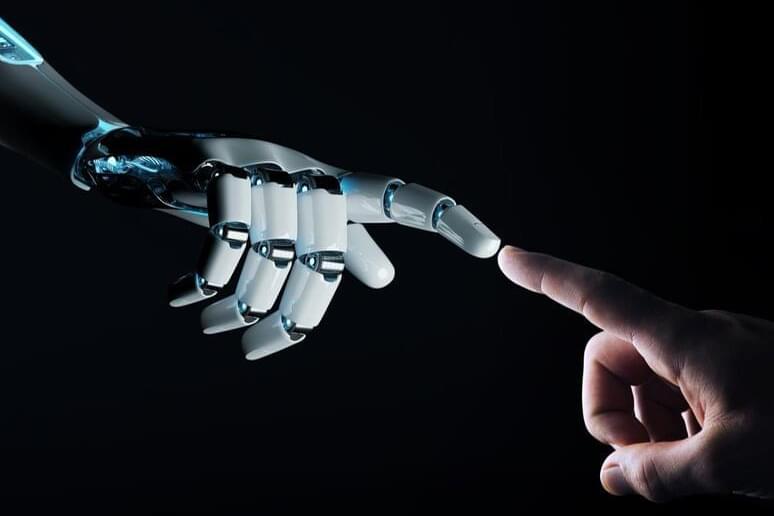
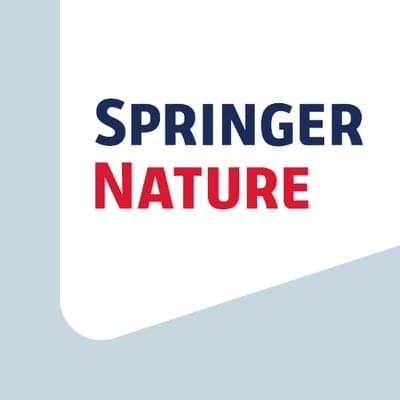
The team has released the width-pruned version of the model on Hugging Face under the Nvidia Open Model License, which allows for commercial use. This makes it accessible to a wider range of users and developers who can benefit from its efficiency and performance.
“Pruning and classical knowledge distillation is a highly cost-effective method to progressively obtain LLMs [large language models] of smaller size, achieving superior accuracy compared to training from scratch across all domains,” the researchers wrote. “It serves as a more effective and data-efficient approach compared to either synthetic-data-style fine-tuning or pretraining from scratch.”
This work is a reminder of the value and importance of the open-source community to the progress of AI. Pruning and distillation are part of a wider body of research that is enabling companies to optimize and customize LLMs at a fraction of the normal cost. Other notable works in the field include Sakana AI’s evolutionary model-merging algorithm, which makes it possible to assemble parts of different models to combine their strengths without the need for expensive training resources.
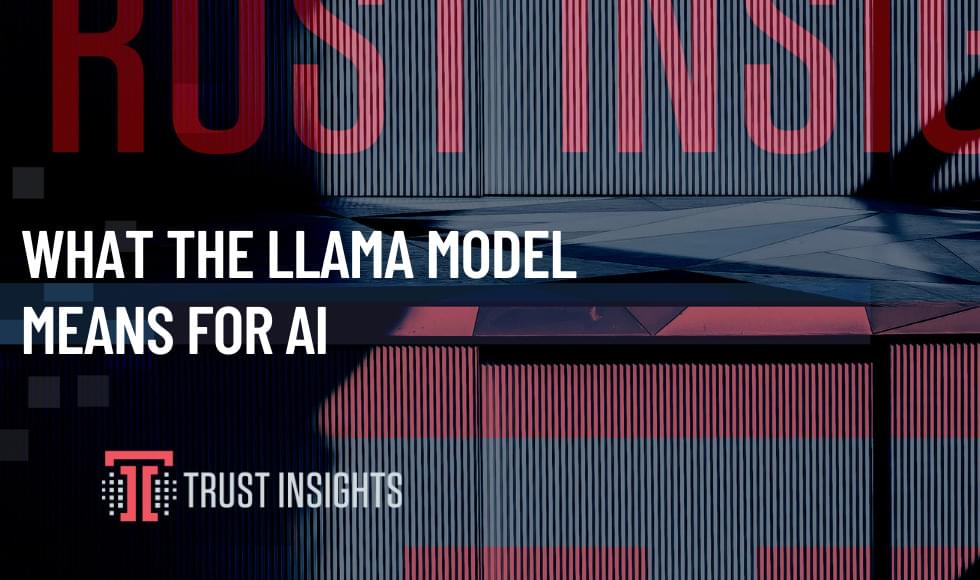
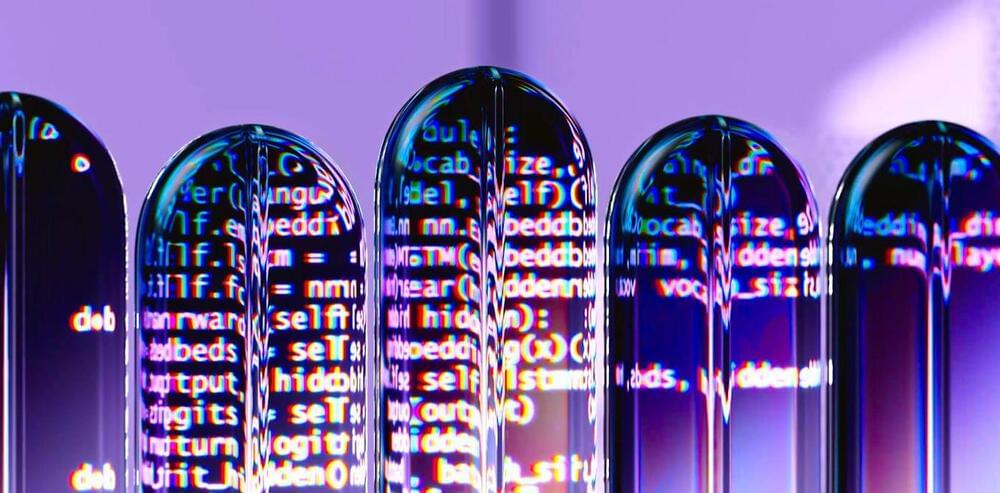
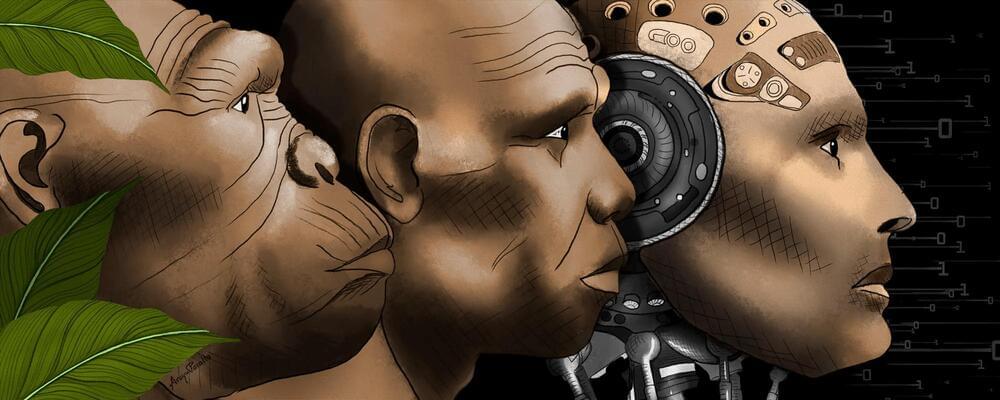
M any prominent people in the tech industry have talked about the increasing convergence between humans and machines in coming decades. For example, Elon Musk has reportedly said he wants humans to merge with AI “to achieve a symbiosis with artificial intelligence”
His company Neuralink aims to facilitate this convergence so that humans won’t be “left behind” as technology advances in the future. While people with disabilities would be near-term recipients of these innovations, some believe technologies like this could be used to enhance abilities in everyone.
These aims are inspired by an idea called transhumanism, the belief that we should use science and technology to radically enhance human capabilities and seek to direct our own evolutionary path. Disease, aging and death are all realities transhumanists wish to end, alongside dramatically increasing our cognitive, emotional and physical capacities.
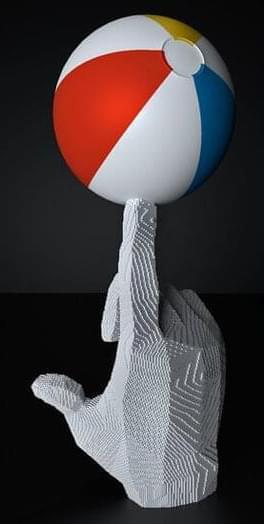

Until today, we’ve seen exactly 40 seconds of Boston Dynamics’ new electric Atlas in action. The Hyundai-owned robotics stalwart is very much still in the early stages of commercializing the biped for factory floors. For now, however, it’s doing the thing Boston Dynamics does second best after building robots: showing off in viral video form.
After debuting a short video of the robot doing push-ups during a recent conference presentation, the company has shared the clip with TechCrunch. While this is in no way an indicator of real-world use, it’s a great demonstration of Atlas’ extremely robust and powerful actuators.
On the future of #ai and #metaverse.
Todays’ hottest 5G Advanced topics available now! https://youtu.be/nOKxaIZDZxM?si=ync_pzPDh8vTePVH click subscribe button.
A Global 5G Community, fostering a community and ecosystem around the development of 5G applications.
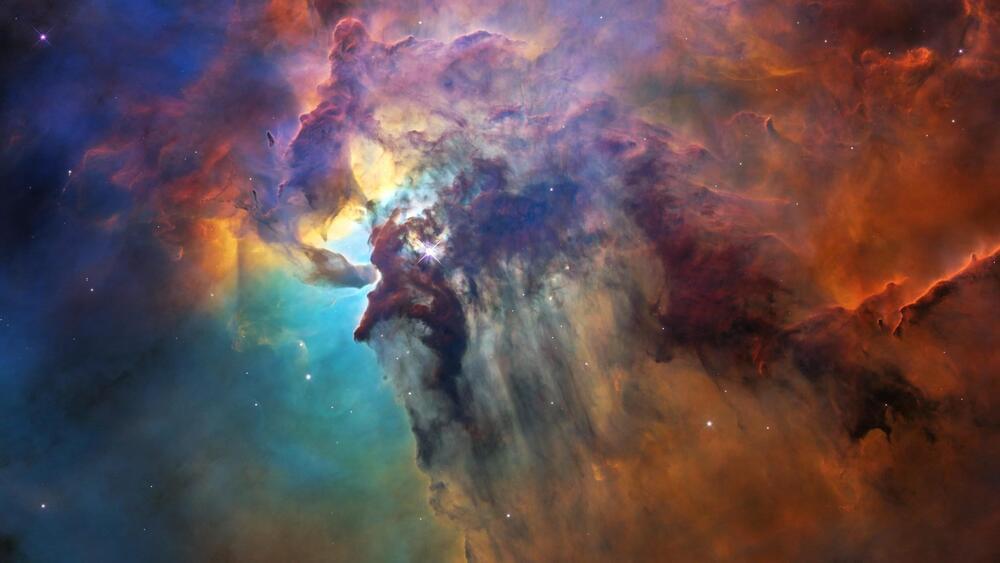
Modern astrophysics has enabled scientists to observe the universe with unprecedented clarity, from exoplanets to entire galaxies.
Despite our galaxy blocking some views, advanced tools like the James Webb Space Telescope and upcoming projects such as the Square Kilometre Array are pushing the boundaries of our cosmic understanding. Visualization techniques help researchers explore the universe in both space and time, revealing phenomena like fast radio bursts. Looking ahead, scientists hope to capture images of distant exoplanets and unravel mysteries such as dark energy and the expansion of the universe.
Observing the universe: from exoplanets to galaxies.